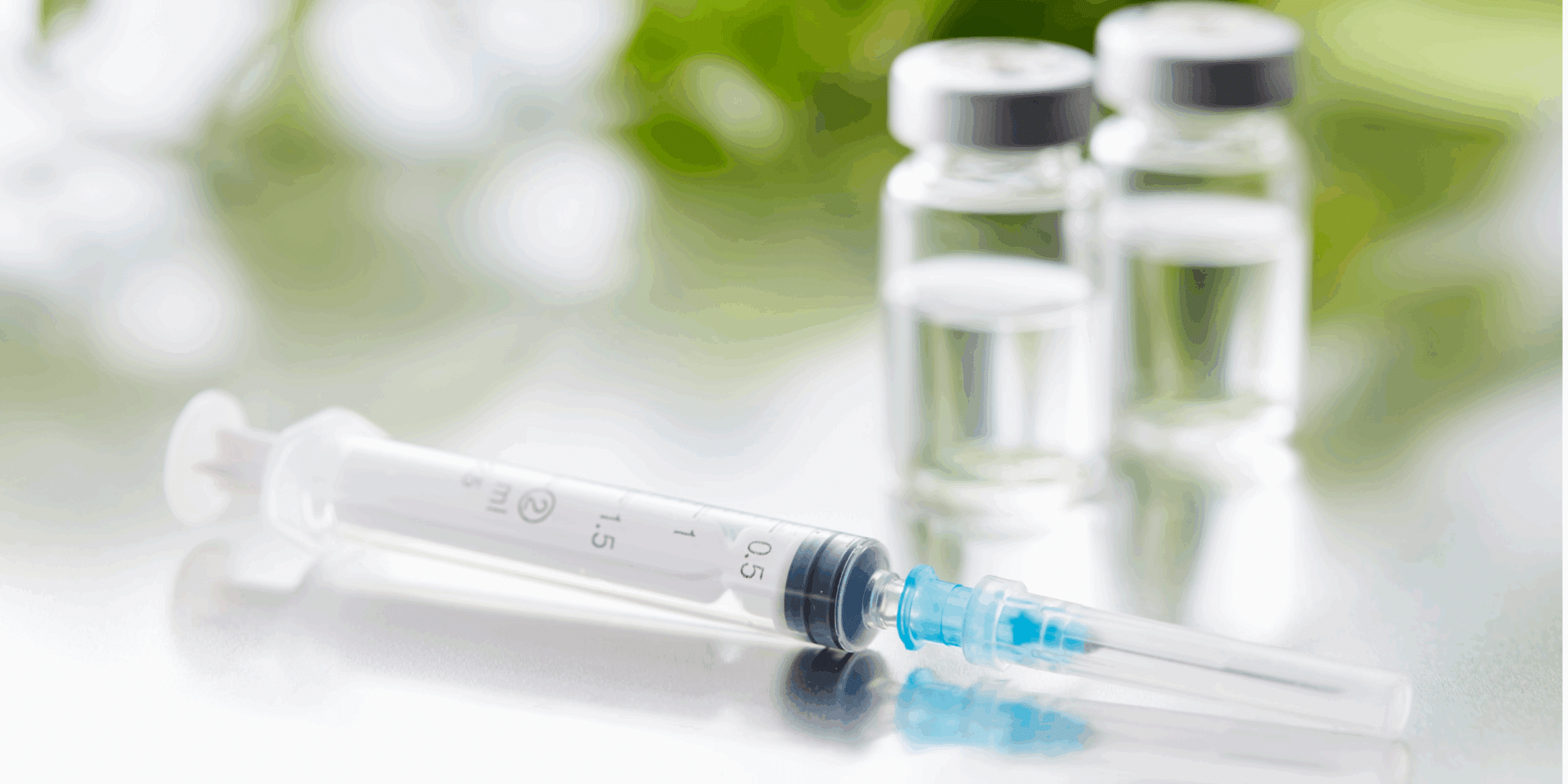
Why the Sea Soothes Some Patients and Overwhelms Others
Why the Sea Soothes Some Patients and Overwhelms Others For

In recent years, I’ve become increasingly interested in how the remedy Ketaminum might meet the needs of our time. While I haven’t yet prescribed it in practice, the more I read, reflect, and engage with its proving and thematic content, the more I sense its potential relevance, particularly as we face a cultural moment defined by fragmentation, emotional numbing, and a pervasive sense of spiritual dislocation.

Homeopath and CHE Community Manager
We are seeing, in both society at large and in the clients who walk through our clinic doors, a rising tide of trauma, dissociation, and desperation for relief. It is showing up in conversations about anxiety, depression, and disembodiment. It’s showing up in the growing popularity of ketamine-assisted psychotherapy and in the demand for interventions that promise fast, transformative change.
And it’s in that context that Ketaminum catches my attention, not as a trendy remedy, and certainly not as a shortcut, but as a mirror to the emotional and psychic landscape we’re all swimming in.
Ketamine has had a strange journey. Originally synthesised in the 1960s as a safer alternative to phencyclidine (PCP), it was used extensively on the battlefield as a dissociative anaesthetic, its value lying in the fact that it could knock someone out fast without suppressing the respiratory system.
Fast forward several decades and ketamine has now been repurposed as an off-label intervention for severe depression, suicidality, and PTSD. You can walk into a private clinic and receive an IV drip of ketamine, often accompanied by headphones, guided meditation, and, if you’re lucky, a follow-up therapy session.
On paper, it looks promising. Many patients report rapid relief. But beneath the shiny surface of clinical trials and TED Talks, there are deeper questions being asked: Is this healing, or is this another form of bypass? What happens when the dissociative experience becomes the treatment? And why, in a culture that is already so estranged from the body, are we reaching for medicines that deepen that divide?
As homeopaths, we’re not here to condemn or compete; but to listen, to reflect, and to offer something different. And this is where Ketaminum enters the conversation, not just as a remedy, but as a symbolic response to a world struggling with its own dissociation.
The proving of Ketaminum hydrochloricum reveals a landscape marked by disembodiment, estrangement from the self, and a kind of existential numbness that feels both protective and imprisoning. There is a sense of floating above life, of being present but not truly in it. Time distorts. Sensations lose their edges. Emotional responses flatten or become oddly disconnected from the events that trigger them.
From what we know of its proving and early clinical use, this remedy seems particularly resonant for those who describe themselves as observers of their own lives; people who say things like, “It’s like I’m watching myself from outside,” or “I feel like I’m in a dream I can’t quite wake up from.” Often, these individuals have long histories of trauma, emotional, medical, or spiritual, and have developed highly adaptive coping strategies that involve leaving the body, tuning out, or finding refuge in altered states, whether through drugs, meditation, fantasy, or even certain wellness practices that encourage detachment over integration.
There is often a hollow ache behind these stories: “Why do I still feel so far away from myself?”
It’s in these moments that I imagine Ketaminum might have a role, not to snap someone back into their body or rush them into re-integration, but to gently begin the process of return.
One of the more striking aspects of the Ketaminum picture is the spiritual yearning that runs through it, not as an aspiration toward embodied presence, but as a desire to escape the burden of being human. There’s often a disillusionment with the material world, a sense that emotions are too heavy, that the body is too dense, and that consciousness might be better served by floating above it all.
This is echoed in the narratives of many who use ketamine, both recreationally and clinically. The experience is often described as “liberating,” “mystical,” “ego-dissolving.” But the integration of that experience is where the challenge lies, and this is precisely where homeopathy can offer something invaluable.
Rather than suppressing symptoms or offering dissociation as therapy, our role is to support the reweaving of experience: to bring the client back into relationship with the self, the body, and the past. And Ketaminum could be part of that process, not because it fixes dissociation, but because it holds a mirror up to it, and gently invites the soul back into dialogue with the rest of the organism.
While I haven’t yet used this remedy in clinical practice, I’m paying close attention to cases where it might be relevant. Based on the proving and emerging reports, the themes are fairly distinct. It may be worth considering Ketaminum in cases where the client:
As with any deep-acting remedy, it would require careful case-taking, solid therapeutic rapport, and a long view. My sense is that this remedy may open a door, but it’s the ongoing support and presence of the homeopath that helps the client feel safe enough to walk through it.
In many ways, Ketaminum feels like a remedy that belongs to the present era; not just because of the prevalence of ketamine in clinical and recreational contexts, but because the themes it carries reflect something far more universal: our collective struggle with fragmentation, spiritual bypass, and the pain of being disconnected from ourselves.
I believe it will take time for us as a profession to fully understand this remedy’s scope. But even in its early stages, Ketaminum points toward something essential; not a rejection of altered states, but a gentle reminder that the deepest healing often lies not in escape, but in return.
Have you explored Ketaminum in your practice or study?
As we all learn and grow in our understanding of these new remedies, shared experiences can offer a richer, more grounded picture. Let’s keep the conversation going; in supervision, in study groups, and in community.
If you found this post helpful, you’ll love what’s waiting for you inside CHE Pro; our professional membership for homeopaths who want to keep growing, learning, and feeling supported in practice.
Whether you’re newly qualified or decades into practice, CHE Pro is your home for ongoing support and brilliant homeopathic education.
We’d love to welcome you in.
Disclaimer
The content shared here is intended for informational purposes only and should not be considered a replacement for professional medical advice, diagnosis, or treatment from a qualified and licensed healthcare provider. The views and opinions expressed in this presentation are those of the presenter and do not necessarily represent those of CHE or any affiliated organizations.

Why the Sea Soothes Some Patients and Overwhelms Others For

Why OCD Happens: Uncovering the Energetic Patterns Behind Compulsions Obsessive-Compulsive

Boost Your Child’s Immunity Naturally Have you ever noticed how,